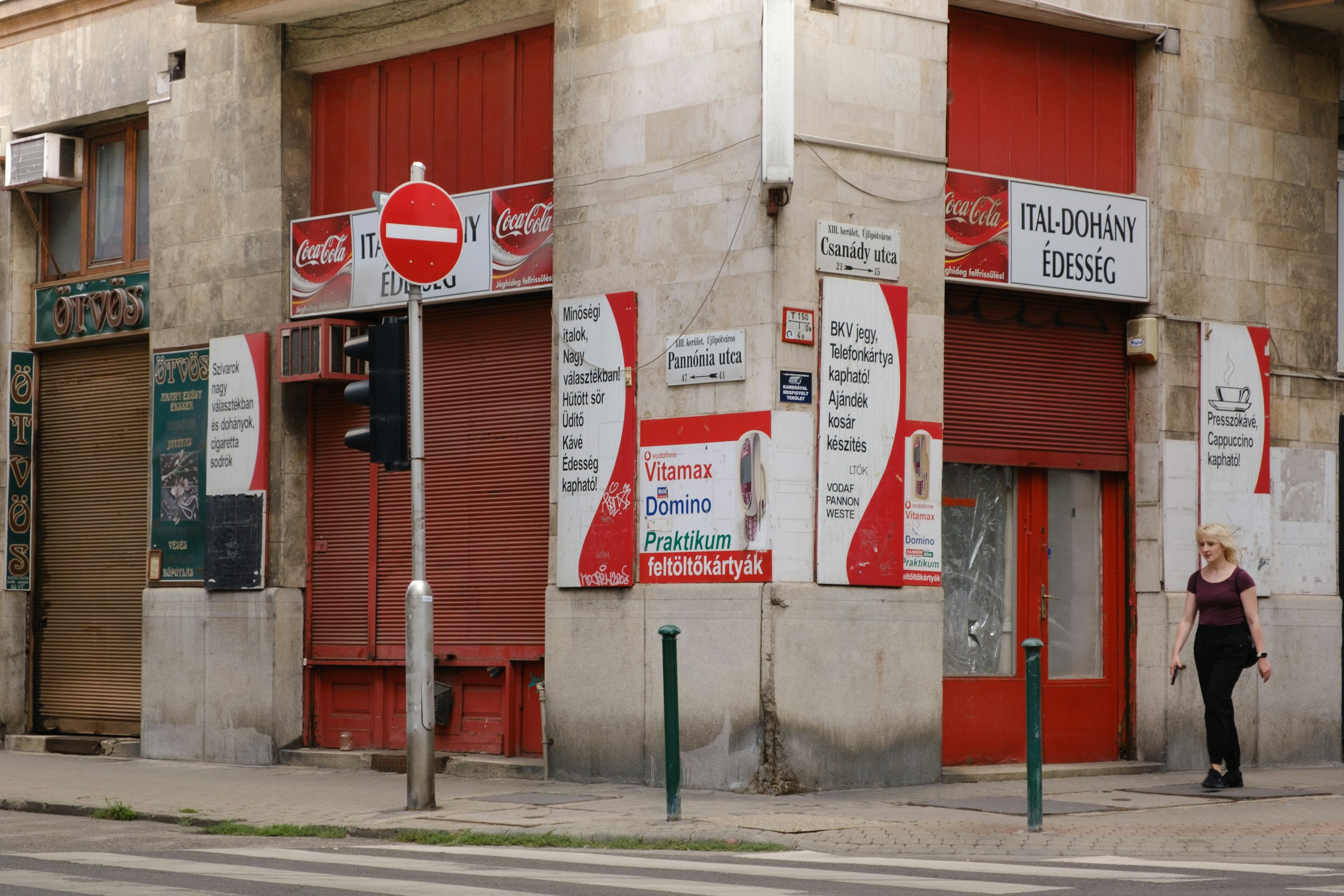Representation in marketing often fails not because teams lack good intentions, but because they treat inclusion as a last mile decision rather than a foundation for how the work is made. When representation is framed as a creative flourish, the effort gets reduced to faces and costumes while authorship, power, and context stay unchanged. The result looks respectful on the surface and hollow once the message lands. Audiences feel the gap between what a brand shows and what it understands. Trust does not erode because a campaign included the wrong person. Trust erodes because the process that chose the story never made space for different realities to edit the premise.
The first place this breaks is tokenism that dresses itself as inclusion. Casting broadens while scripts remain written from a single cultural vantage point. The visuals suggest plurality, yet the voice that guides the narrative stays narrow. You can watch a cheerful montage and still know that the people in the frame did not influence the lines, the humor, or the problem the ad claims to solve. Visibility without authorship becomes decoration. The audience recognizes it as costume and begins to question whether the brand wants a relationship or only a good look.
A second fracture appears when brands outsource cultural judgment and then approve at speed. Agencies can bring craft, research, and experience, but accountability cannot live only outside the company’s walls. When internal teams behave like reviewers of color palettes instead of owners of risk, they leave themselves exposed to the same missteps again and again. Customers do not care whose procurement cycle rushed the work. The logo on the spot owns the decision. Until a brand builds the habit of holding cultural judgment close to the brief and the edit, it will continue to learn in public and apologize in public.
Global companies introduce a third pattern of failure when they treat one region’s playbook as if it could simply be translated. What feels warm and witty in Los Angeles can feel glib in Johor Bahru. A family scene written for Dubai may not map to Singapore. Many teams call the fix localization, then push a translation step to the end. Real localization is authority, not a file format. It asks central leaders to give local teams the power to rewrite the premise and recast the scene, not only the right to adjust idioms. Representation requires context. Context requires permission to change the story upstream.
Metrics create a fourth trap. Teams measure optics rather than outcomes. They count the mix in a shoot and stop counting when the camera packs up. The harder question goes untracked. Did the audience you featured recognize themselves in the story. Did brand preference or trust move within that group. If the dashboard reports compliance while the community reports distance, the number is a shield rather than a signal. Brands that want to earn permission to speak in people’s lives must keep one eye on the spreadsheet and the other on reception, sentiment, and what changes in the next brief.
Speed introduces its own set of mistakes. A late talent swap or a single sensitivity pass feels like diligence under pressure. These are patches, not design. When review sits at the end of the chain, the safest creative choice becomes the simplest stereotype. Complexity gets cut so the deadline can survive. Strong teams design earlier checkpoints into the script and storyboard stage, long before the first dollar of production spend. Thirty minutes with decision makers present can save thirty days of apology work later.
Many brands talk about inclusion while ignoring accessibility. Subtitles, color contrast, alt text, audio description, sign language overlays, and screen reader compatibility often appear as afterthoughts. Yet representation is not only a question of who appears. It is also a question of who can receive the message. When a campaign welcomes many people in rhetoric but quietly excludes disabled viewers or elders on low bandwidth devices, the brand signals that some audiences matter only in theory.
Hiring can mask the same pattern. A company recruits for optics and then invites new voices into rooms where the script is already locked. These colleagues become late stage conscience rather than early stage co author. Their job is to catch the miss, not to shape the premise. Fatigue follows, then silence, then attrition. Representation that relies on heroic individuals rather than on well designed process will fail as soon as those individuals leave. A durable system begins by asking who owns cultural integrity on each campaign and whether that person has the authority to change the work at the brief.
Even careful teams will misstep. What breaks trust is not the error itself, but the refusal to name what went wrong and to adjust with specificity. Vague apologies read as legal posture rather than respect. Communities are sophisticated. They can tell the difference between a brand that wants to protect itself and a brand that is willing to repair the relationship. Repair asks for clear language, a description of what the team learned, and evidence of what changed in the next campaign. Over time, this behavior builds credibility that no single perfect execution can buy.
The practical fix looks less like bureaucracy and more like a light operating system that puts inclusion at the center of work. Representation enters at the brief, not after casting. At that first step, the team articulates who is being represented, what truth the story wants to honor, and which voices will inform the approach. Early input is not a brainstorm for slogans. It is a structural checkpoint that shapes premise and tone. Cultural editors, internal resource groups, and community partners should be invited when the story is still fluid. They must also have influence that is visible in the next draft, not only in comment threads that no one reads.
A helpful mental model is a ladder of voice. Visibility is step one. Presence in meaningful narrative moments is step two. Participation in decisions is step three. Power to author, veto, or redirect is step four. Teams can audit where a campaign sits on this ladder and commit to moving one step higher each quarter. Progress then becomes real without turning into a vanity score. Alongside this ladder, replace a single sensitivity pass with two short reviews. One at script or storyboard, one at rough cut. Decision makers attend both. Corrections land while they are still cheap and while pride is still flexible.
Accessibility must ride with creativity, not trail behind it. Subtitles can carry tone. Audio description can be written with care. Color contrast and type choices can be solved before the first style frame. Low bandwidth versions can feel premium rather than stripped. Treat these constraints as part of the brief. The result is work that more people can enjoy without feeling like an afterthought.
For companies that work across markets, authority needs to travel. Local leaders should have the right to cut scenes that misfire in context or to reframe the story entirely. The decision and the learning can return to a shared library so central teams become smarter instead of feeling out of control. Centralization collects blind spots. Distributed authority, paired with clear escalation paths, collects intelligence.
Counting must also change. Keep tracking the mix in production, but pair it with qualitative feedback from the communities represented. Code social comments by theme. Run small panels. Look for language that signals recognition rather than only applause. Tie those learnings to the next brief. If movement does not show up in trust or preference, accept that the representation was cosmetic and try again with more specificity.
Specificity is the currency of respect. Casting a multi generational home is not enough. Write lines that carry intergenerational dynamics rather than a generic nuclear template. Featuring a hijab wearing athlete is not enough. Let the camera show warm up, gear choices, and rituals that reveal a lived reality rather than a symbol. When the audience sees the detail, they understand that the brand saw a person, not a category.
Underneath all of this sits meeting design and leadership behavior. Psychological safety is not a poster on a wall. It is a way to run a room. Begin by clarifying the decision to be made. Invite the person most likely to disagree to speak early. Close with a summary of what changed because of the discussion. When people can trace their input to a visible edit, they contribute with precision. The work gains texture and the team learns to trust the process.
Representation is not a reputational shield. It is a relationship renewed with every piece of work. Brands that treat inclusion as a tactic will treat backlash as a surprise. Brands that treat inclusion as a system will reduce crisis and increase resonance. The simplest diagnostic is also the hardest discipline. Ask who owns the representation outcome on this campaign and whether they have authority at the brief. Ask whose reality is centered in the narrative and how the team knows. If the answers are vague, the risk is not creative. The risk is structural. Fix the structure and the creative can honor the people it features.







.jpg&w=3840&q=75)



.jpg&w=3840&q=75)



